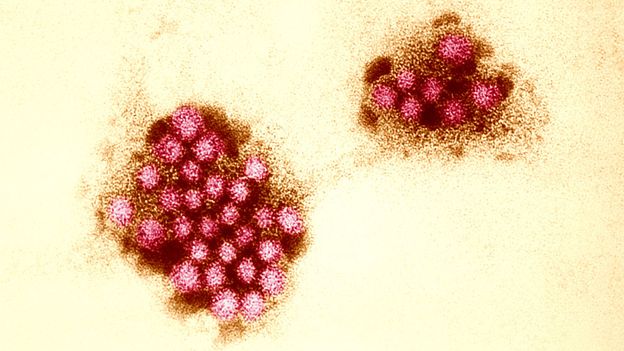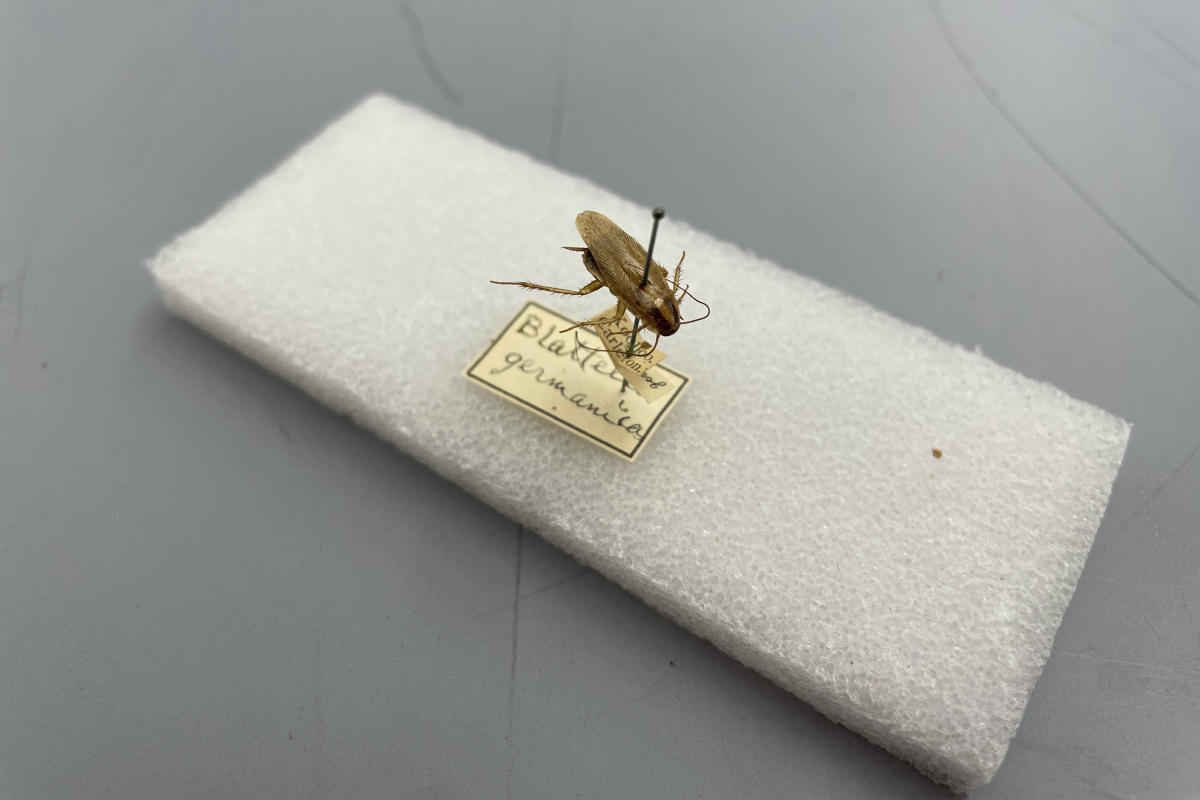The vaccine scourge
For decades, norovirus has been devilishly difficult to even contemplate vaccinating against. One of the most problematic reasons is that the noroviruses evolve so rapidly, it means any vaccines are quickly out of date. Human norovirus is also notoriously difficult to grow in the laboratory, making it difficult to study.
However, in the last few years, researchers have begun to devise ways of growing the virus within human gut cells in a petri dish, something which could prove invaluable in testing the best way to induce a suitably powerful antibody response from the immune system.
“These cell culture models may be helpful in vaccine efforts by demonstrating that immune responses generated after vaccination kill or inactivate the virus by neutralising its infectivity,” says Atmar.
But because there are so many norovirus strains and a seemingly continuous flow of new variants, a vaccine will need to induce a very broad immune response. Ming Tan, an associate professor in infectious diseases at Cincinnati Children’s Hospital Medical Center, Ohio, says that a so-called bivalent or multivalent vaccine, which contains multiple immune-driving particles from various points in the virus’ genetic code, will almost certainly be necessary to achieve any chance of durable immunity.
Having such a vaccine is likely to be particularly important if it is rolled out in young children to prevent a phenomenon known as “immune imprinting”. This is the tendency of the immune system to misidentify a new viral variant as one it has already encountered, thus mounting an ineffective antibody response. Researchers at the University of North Carolina believe that if a suitably broad norovirus vaccine is administered to children who are around six months old, the jab could then guide the antibody response to any further variants.
Developing a broad vaccine is not an easy task, but multiple companies and research groups have taken on the challenge, each choosing to utilise different technological platforms. Moderna have launched a clinical trial of a messenger RNA (mRNA) norovirus vaccine initially in 18-49 year olds and 60-80 year olds. Meanwhile, Boston-based biotech HilleVax is conducting trials of its vaccine candidate in five-month-old infants, children aged two to nine, adults aged 18-59 and over 60s. HilleVax’s approach is to use virus-like particles (VLPs), molecules which mimic norovirus strains and so trigger an immune response, without actually being infectious.
“We’re still learning a lot about norovirus vaccines and how they might protect,” says Atmar. “We know that administration of virus-like particle (VLP)-based vaccines via the nose or by intramuscular injection can lead to protection from illness. mRNA vaccines may allow increased numbers of strains to be included. I think all will likely be effective, and the relative effectiveness will depend on other factors we are still learning about, including breadth of the immune response after vaccination, duration of immune response, and role of past infection and genetic makeup on an individual’s response and protection.”

Rachel Carter is a health and wellness expert dedicated to helping readers lead healthier lives. With a background in nutrition, she offers evidence-based advice on fitness, nutrition, and mental well-being.








